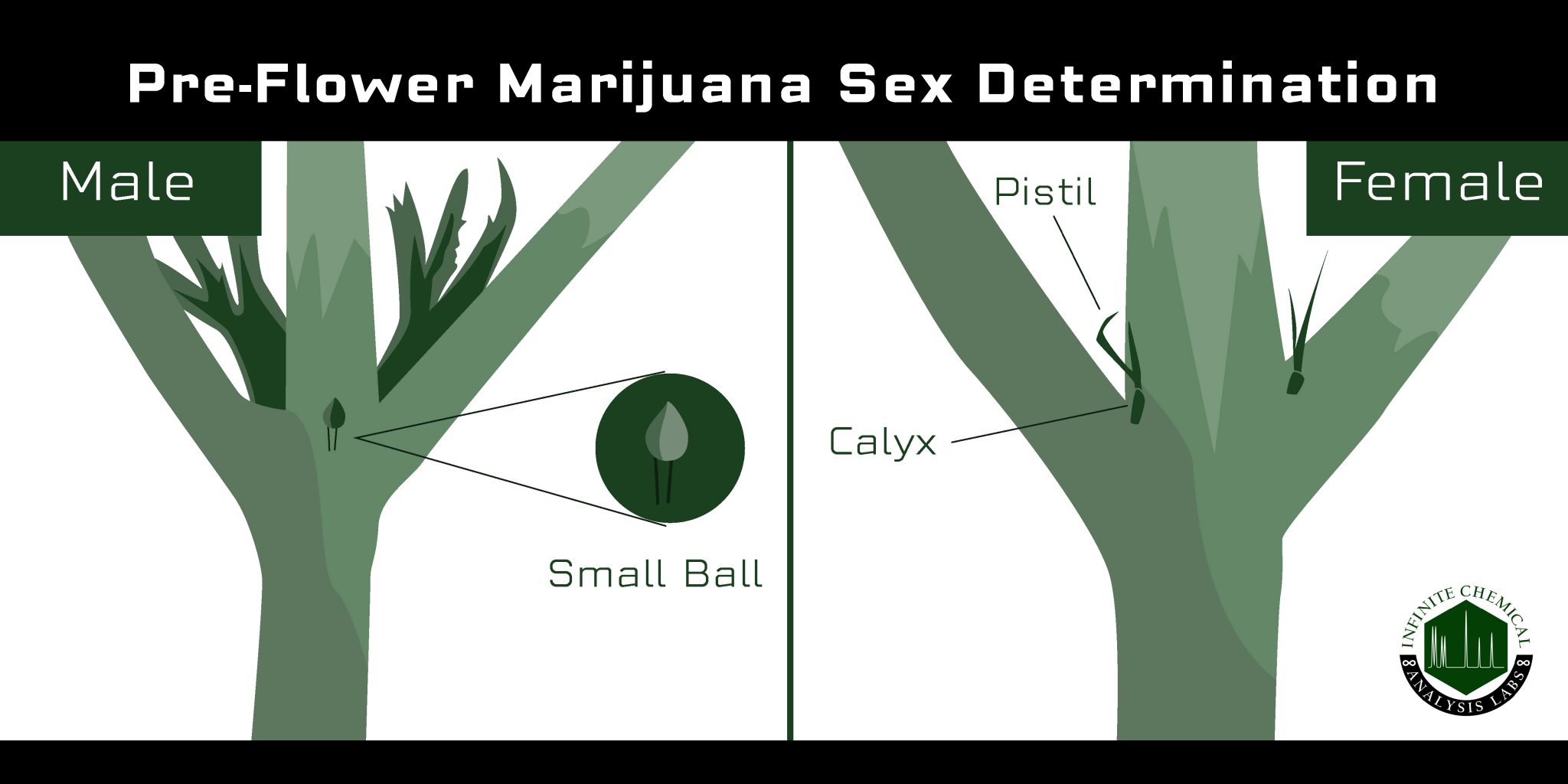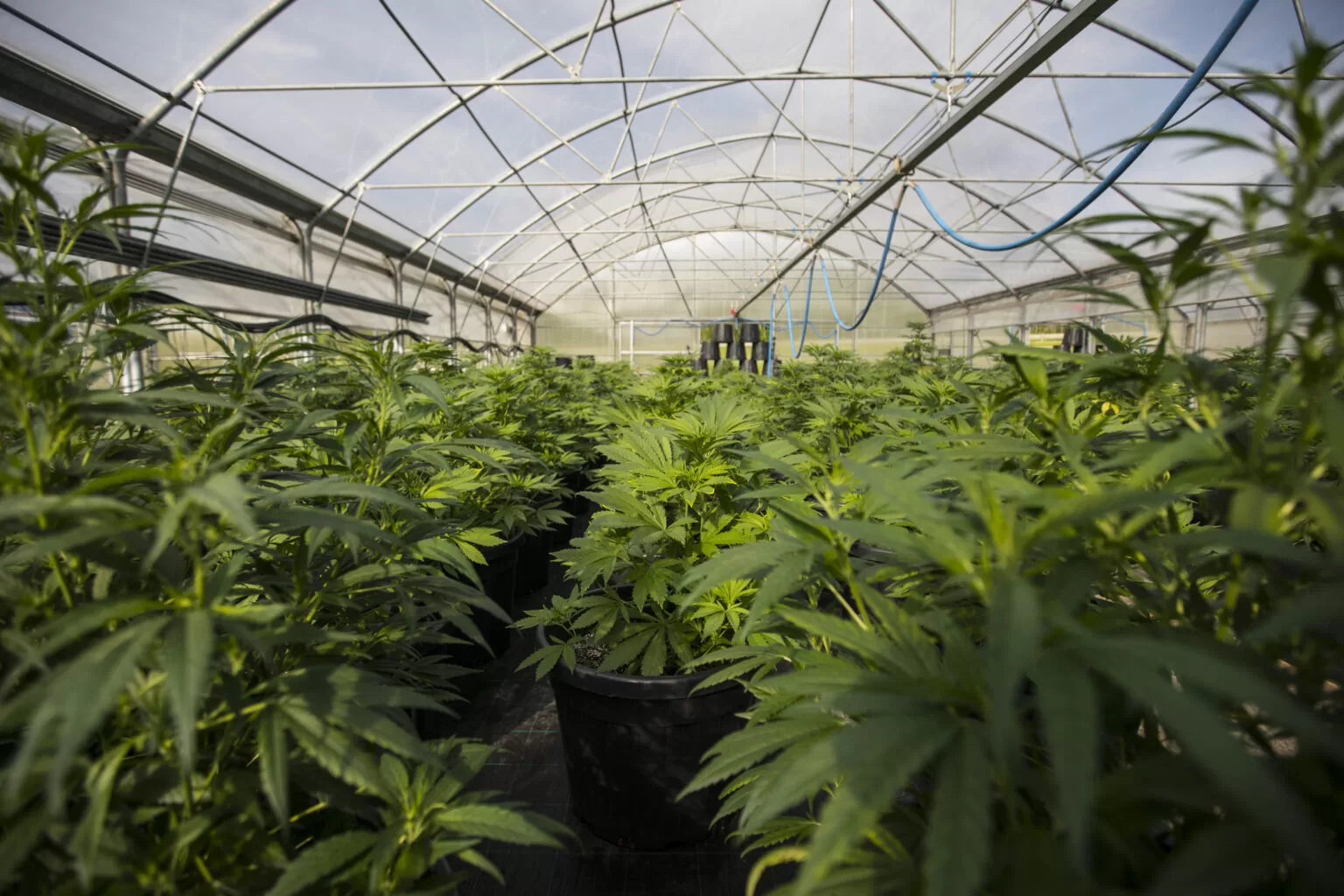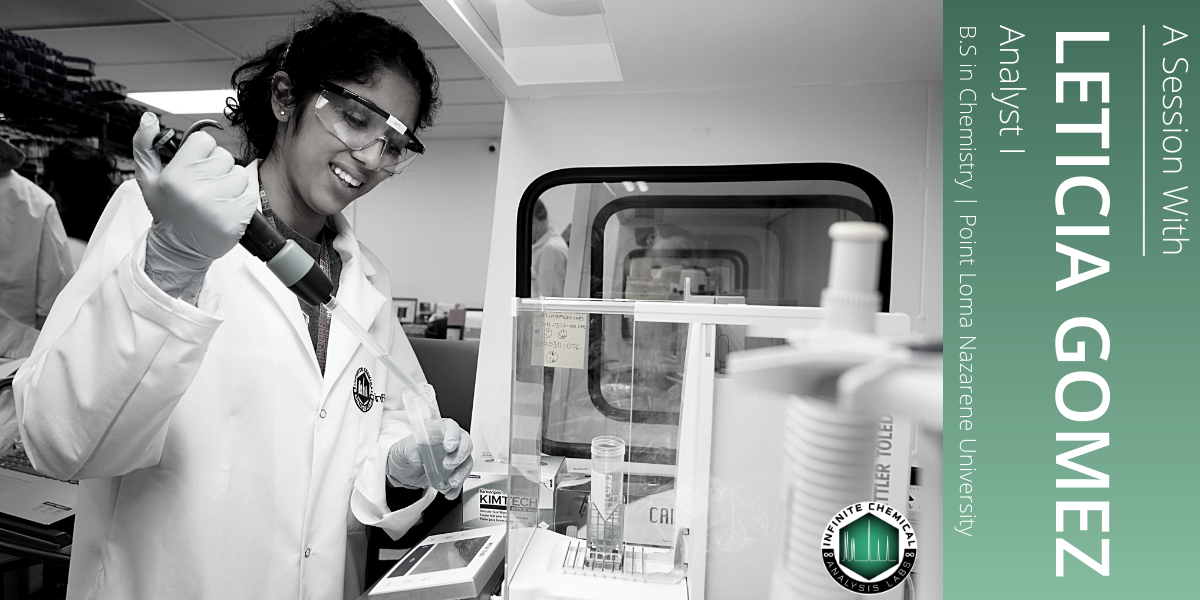Both male and female cannabis plants have their benefits; growing both can result in cross-pollination and thus seeds, resulting in new genetics or seeds for the next crop. However, if your goal is to produce quality buds rich in cannabinoids, it’s crucial to isolate the males from the females to avoid pollination and seed production. Cannabis pollen is extremely potent; studies have shown that pollen can drift across 3 to 7.5 miles, and can reach over 30 miles if high winds are present.
Removing males will allow the female plants to grow abundant, seedless buds (called sensimilla). When female plants are left unfertilized, they use that extra energy meant for reproduction to produce higher levels of cannabinoids like THC or CBD, depending on the strain. The resinous buds consumers purchase at dispensaries are all sensimilla.
How to Visually Determine the Sex of a Cannabis Plant

Cultivators can visually determine the gender of their plants about 4-6 weeks into the growth cycle (though this may differ for indoor grows) when the plant is transitioning from its “vegetative” stage into the “flowering” stage. At this time, the plant is no longer focusing its energy on growing bigger and taller and instead spends all its effort growing flowers for pollination and reproduction.
When a cannabis plant is beginning to enter the flowering stage, cultivators should pay careful attention to the area between the nodes of the plant, where the leaves and branches extend from the stalk. Pre-flowers will begin to form in the nodes of the plant, and characteristics of the pre-flower will vary based on gender.
Pre-flowers can initially be difficult to examine with the naked eye, but growers can use a magnifying glass to get a closer look. Female cannabis pre-flowers grow as tiny bracts which will eventually produce hair-like stigma; male plants produce small, round balls as the nodes.
In some cases, a plant may exhibit both male and female pre-flowers. Hermaphrodite cannabis plants can occur when a plant becomes excessively stressed due to things like plant damage, bad weather, disease, nutrient deficiencies, and poor genetics. Hermaphrodites can also produce anthers, often referred to as “bananas” due to their appearance. It’s important to monitor plants that have been exposed to stressors to ensure they don’t begin to develop both male and female genetics. Hermaphrodites are capable of producing pollen and can ruin an entire crop.
How to Determine Gender Before the Pre-Flower stage
Lab genetic testing can determine a plant’s gender as soon as it begins to sprout its second set of true leaves. Knowing sooner can help cultivators save money, increase canopy space, and decrease labor costs associated with transplanting, watering, monitoring, training, and removing unwanted male plants.
Just as humans have X and Y chromosomes, cannabis also has a genetics system that determines the plant’s gender. However, figuring out the gender based on the DNA of a plant prior to the flowering stage is not as simple as looking for an X and Y. Luckily, the specific genetic sequence that differs between female and male plants has long been discovered, so using quantitative polymerase chain reactions (qPCR) allows labs to determine the gender of any plants with 100% confidence.
When a sample is brought in to Infinite Chemical Analysis Labs for gender identification, qPCR analysis is used to determine if the plant is female or male. A small hole is cut out of the leaf of the plant and added to a lysis solution to destroy the plant cell walls, exposing the DNA. After isolation of the DNA, it is transferred to another plate that contains reagents to amplify and cause the sample to create a fluorescent light that our qPCR instrument then quantifies, and determines the gender of the sample based on the amount of fluorescence.
Between sufficient lighting, proper nutrients, a detailed watering schedule, and constant monitoring, identifying the sex of your plants is another tedious yet crucial task that could make all the difference come harvest season.
Gender identification testing is now available at InfiniteCAL to help cannabis and hemp cultivators take the guesswork out of their grow. If you’re interested in learning more about Gender Identification Testing, reach out to our team at [email protected].




